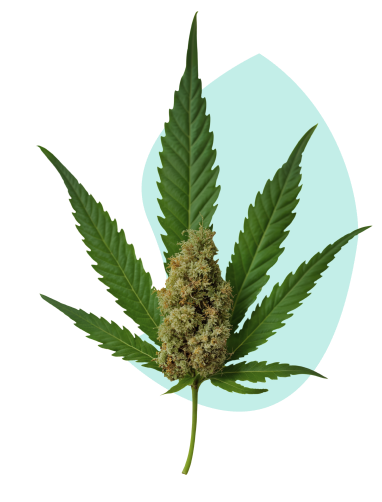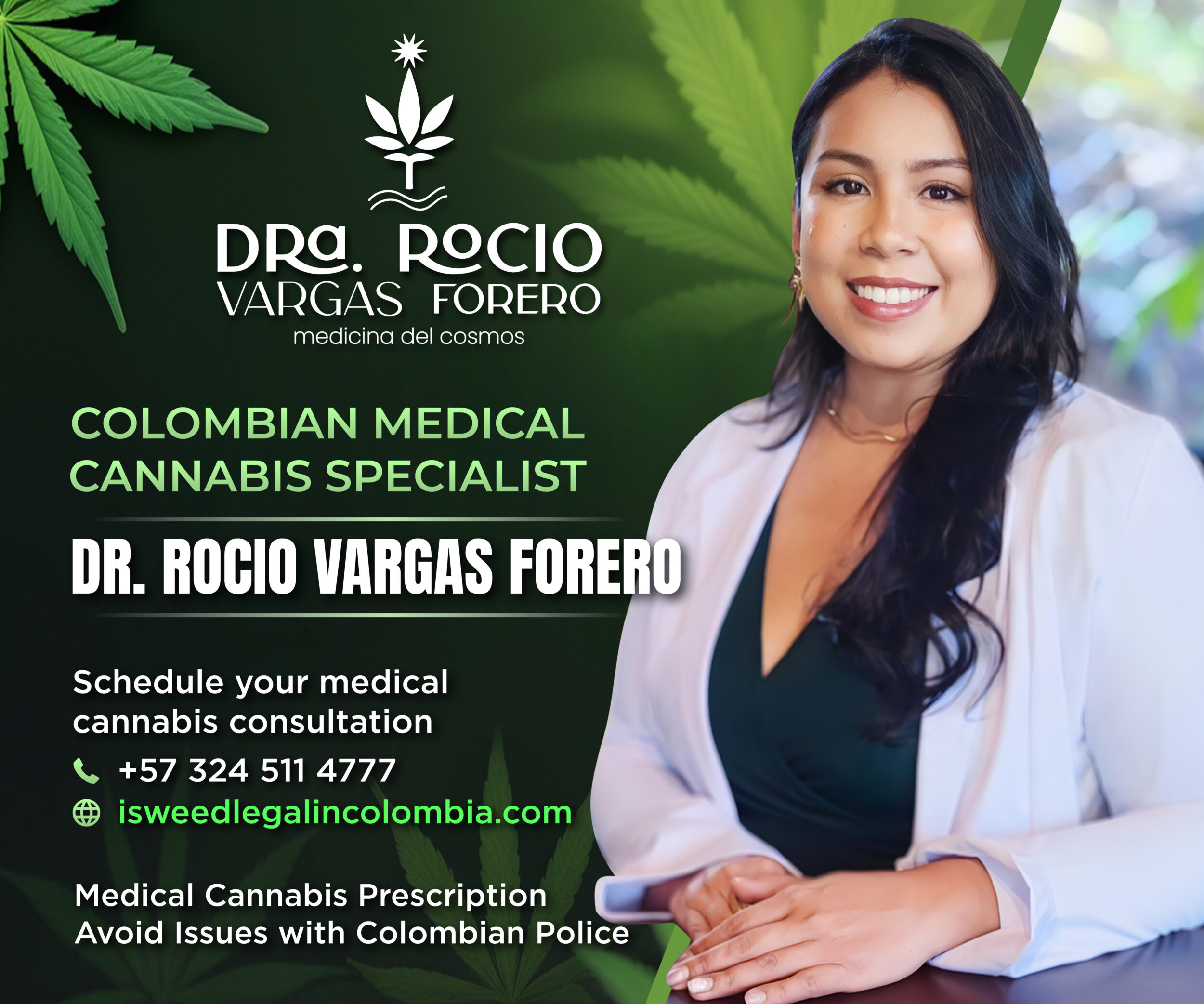Is weed legal in Colombia?
Yes, cannabis is legal in Colombia for some purposes, but not for others
- Medicinal: Legal since 2016
- Industrial: Legal since 2021
- Recreational: Partially legal, meaning that self-cultivation, possession, and consumption are legal, but commercialization is illegal
Starting July 1, 2024, cultivation associations, or cannabis social clubs, will be permitted to cultivate cannabis collectively and noncommercially.

 Current Legal Status
Current Legal Status
Personal use and cultivation of marijuana are legal in Colombia with certain restrictions.
Commercial activities are regulated.
- Personal possession up to 20 grams.
- Home cultivation of up to 20 plants.
- Medical use with a prescription.
- CBD products.
- No public consumption.
- No sale without proper licensing.
- No possession near schools.
- No driving under the influence.
 Recent Legal Changes
Recent Legal Changes
In 2022, Colombia legalized the export of dried marijuana flowers. The country has progressively liberalized its
cannabis laws since 2016, including medicinal use and personal use decriminalization.
- While national laws apply throughout Colombia, enforcement may vary by region.
- Some municipalities have stricter enforcement of public consumption rules.
- Colombia has an established medical marijuana program.
- Patients can access cannabis products through licensed pharmacies with a valid prescription from a
healthcare provider.
Medical Cannabis Is Covered by
Insurance in Colombia
While medical cannabis patients in the United States currently see no part of their cannabis care covered by
insurance, Colombian patients can rest easy.
In late December 2022, Colombia’s Ministry of Health confirmed insurance providers must cover cannabis products.
Khiron, an international medical cannabis company, announced that over 90% of its cannabis sales in Colombia
during the first half of 2022 were for insurance-covered prescriptions.
How To Get a Medical Marijuana Card in Colombia
01
Book an Appointment
Schedule by filling out the form below or text Cannabis Specialist Dr. Rocio Vargas’s Office at +57 324 511 4777 to schedule your consultation over the phone.
02
See the Doctor Virtually
Your 30-60 minute session will include getting to know your history, understanding current issues, consultation and other therapeutic discussions.
03
Get Your Cannabis Prescription via Email
Once approved, you’ll receive your online prescription after the appointment via email.
Learn more about Medical Cannabis Use in Medellin and Colombia
Medical cannabis offers many benefits, especially with a proper percentage of both THC and CBD.
Simply text (via phone or WhatsApp) Dr. Vargas’s Office at +57 324 511 4777, and they will be happy to schedule an appointment for you. The appointment can be virtual. During the medical marijuana consultation Dr. Vargas will conduct therapy and go over all of your concerns and medical history. She will determine a formula of THC and CBD that will be best in your case.



